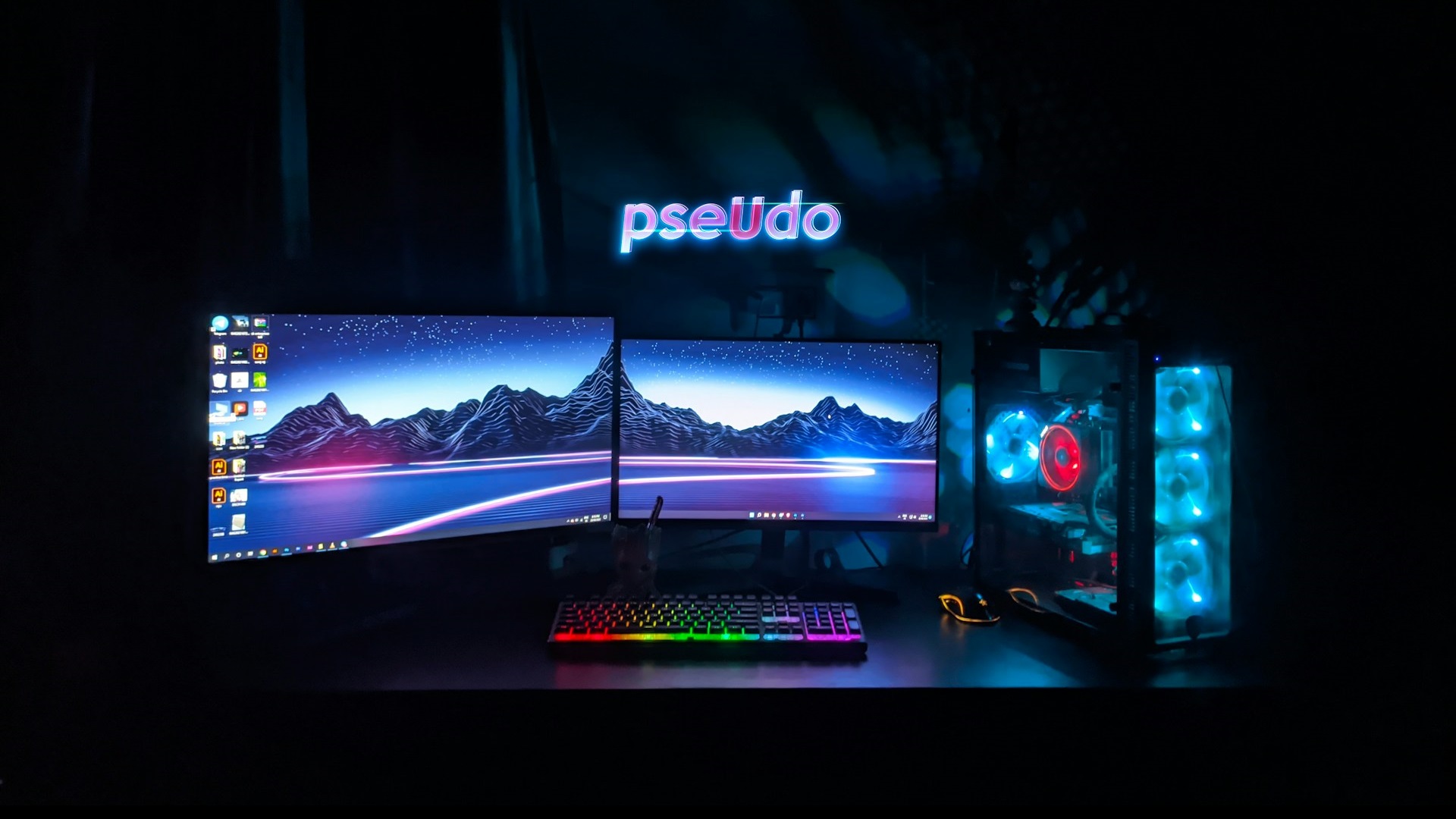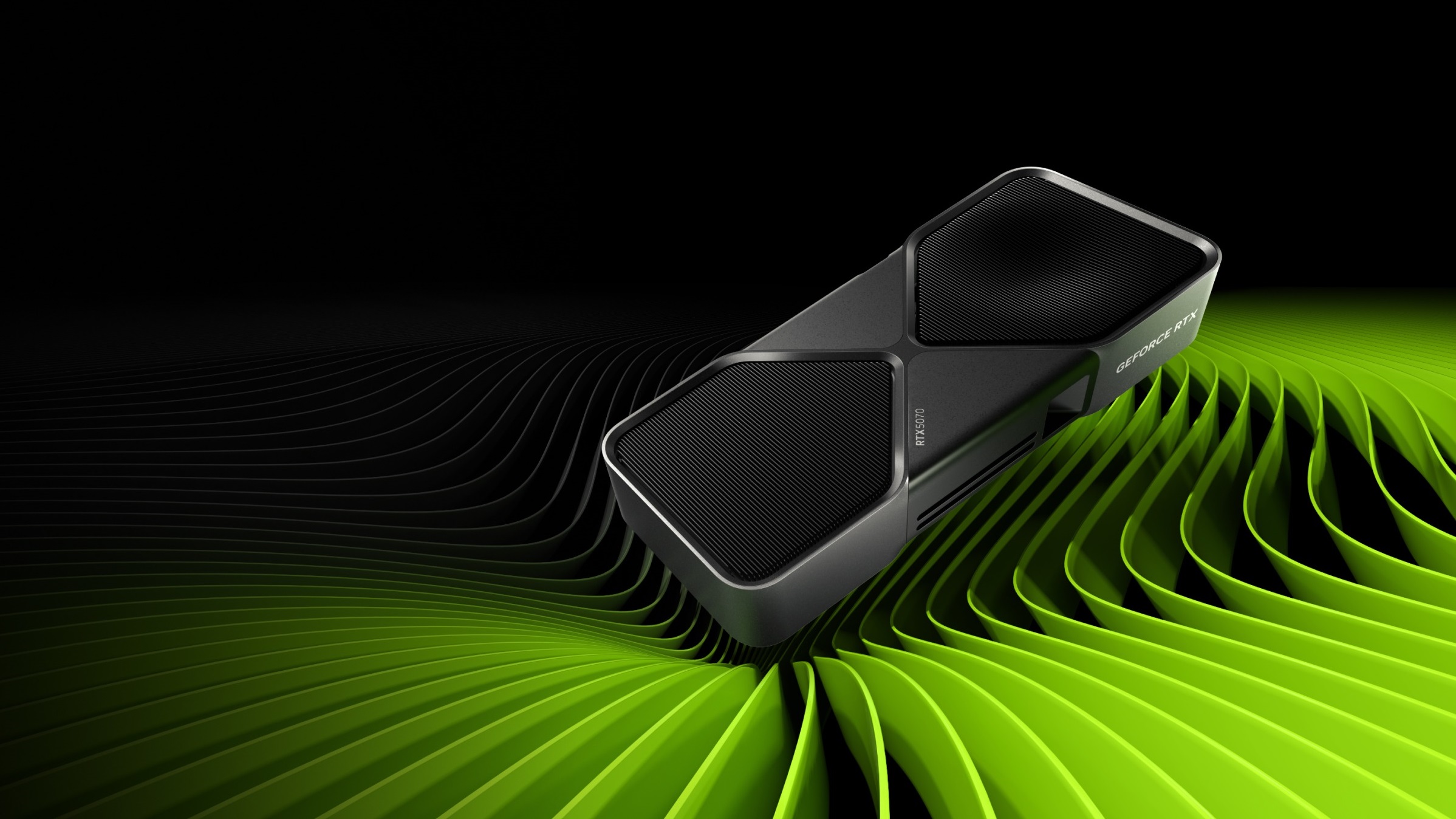Learn how to spot fake iPhones with simple checks on serial numbers, build quality, display, software, and camera performance.

iPhones are one of the most cloned devices in the world, and spotting a fake is harder than ever today. With improvements in manufacturing, counterfeiters now produce near-identical copies that can fool even seasoned buyers at first glance. From the packaging to the serial number, fake iPhones are getting dangerously close to the real deal.
There are still clear signs that can help you tell them apart. By checking the device carefully from its physical build to its operating system and camera performance, you can avoid falling for a counterfeit. Here’s what you should always look out for.
Fake iPhones: Key Signs To Tell the Difference
1. Check the Serial Number
Every Apple product comes with a unique serial number. You can use that to check if your Apple product is genuine or not. For iPhones, you can find the serial number by one of the two methods.

The first place to look for, while searching the serial number, would be the box, where the serial number is mentioned on a sticker on the back, along with the IMEI numbers and other crucial details. Every authentic iPhone has a unique serial number. Locate the serial number under “Settings” > “General” > “About.” You can use Apple’s “Check Coverage” tool on their website to verify the serial number.
Reference to What Different Starting Letters Mean in the Serial Number
| Starting Letter | Meaning |
| M | Brand new device, that is, the device has undergone no repairs, and has a clear service record. |
| N | Replacement device, which means that this particular iPhone was given as a replacement for an existing iPhone that was not cost-effective to repair. Any remaining warranty on the original device is resumed on the replacement device, starting from the day of submission of the original phone. |
| F | Refurbished device, meaning the device has gone through some form of repair or refurbishing process from an authorized Apple service institution |
| P | It means the device was personalized during ordering. Personalizations include engravings of names or emojis, as customizable from the Apple Store. |
That being said, perpetrators have developed their strategy and flooded the market with clone devices that show a real serial number on the settings page. High-quality fake iPhones even feature the same serial number on the box. Your best bet is to check if the serial numbers match in settings and on the box, and to check if the serial number corresponds with the proper warranty information and accurate model on the Check Coverage page. Any mismatch would mean your iPhone is fake.
2. Inspect the Packaging

Apple is known for its excellent fit and finish. Start by checking the quality of the box. Apple uses exceptional material quality, starting from its packaging. If you see that it doesn’t feature the frustration-free packaging with the tear-off strips, you are dealing with a fake iPhone.
However, higher quality knock-offs now feature tear-off strips, but they don’t function properly. After you have verified the packaging, check the print quality and embossing on the box. Original Apple packaging has vibrant colors, while knock-offs have a kind of washed-off color scheme.
The last thing to check while verifying the packaging is whether it has the satisfying slow drop that you get when you open up an iPhone box for the first time. The drop is neither too fast nor too slow, it is just perfect. This level of precision is attained by accurate measurements and strict manufacturing practices, none of which is possible and or profitable for fake iPhone manufacturers.
3. Inspect the Build Quality

Coming to the phone, there are a few key aspects you need to verify while checking your phone. Start off by feeling the weight distribution of the phone. Genuine iPhones have excellent weight distribution, which feels premium to hold, but fake iPhones are often lopsided in weight distribution, making them feel bulky towards the bottom.
Another item to check is the bezel width. iPhones have thin and uniform bezels around the display. Fake iPhones, on the other hand, have uneven bezel thicknesses, with the chin of the display having the thickest bezel.
4. Test the Display Quality

Apple is known for its display quality, at least for the last few iterations of the iPhone. Apple uses Retina displays for most of its iPhones, with very high pixel density. Higher pixel density means there is a higher number of pixels packed into a given area of screen real estate.
This means that, to the naked human eye, individual pixels are not perceivable, especially at normal viewing distances. It creates an illusion of higher display quality, with smoother text and vibrant colors. On the other hand, fake iPhones will have light bleed around the edges, bright spots, and inconsistent color accuracy on different spots of the screen.
5. Evaluate the Operating System
iPhones run on iOS; however, fake iPhones can have anything from straight-up vanilla Android to a skinned version of Android, designed to look like iOS, based on the quality of the clone.
To verify, check if your phone has the Apple App Store or the Google Play Store. You can also check for Apple-specific features like iMessage and FaceTime. Clones won’t be able to run those apps, or even if they do, they won’t be able to provide compatibility with genuine iPhones.
A point to be noted here is that the Android versions used in these clones are extremely vulnerable and often have backdoors pre-baked into them. So any sensitive data you have on these devices, like photos, contacts, messages, social media accounts, and your banking information, is open to miscreants, who can use it in any way that is profitable.
6. Verify the Camera and Functionality

iPhones are famous for their camera quality. Be it the actual picture quality, or the post-processing and color grading that deliver the renowned image quality, we expect from iPhones.
Fake iPhones are not able to deliver on this quality, mostly because of the hardware limitations and not having access to Apple’s processing algorithms. Most clones have one real camera sensor, with the other lenses just being dummies with no sensors beneath them.
Picture quality on fake iPhones is very inferior in quality, with poor low-light performance and noisy images. They also can’t provide actual camera features like Portrait Mode, Night Mode, etc.
Stay Sharp: Avoid Falling for Fake iPhones
Spotting fake iPhones might seem tough, but paying attention to small details makes all the difference. Clones can mimic the look, but they can never match Apple’s level of quality and performance.
Always check the serial number, inspect the build, test the display, verify the operating system, and examine the camera carefully. Remember, saving a few bucks on a counterfeit can cost you much more in the long run, both in money and in personal data risks. Stay alert, take your time during the purchase, and trust only verified sellers to make sure you’re getting a genuine iPhone.
Looking For More Related to Tech?
We provide the latest news and “How To’s” for Tech content. Meanwhile, you can check out the following articles related to PC GPUs, CPU and GPU comparisons, mobile phones, and more:
- 5 Best Air Coolers for CPUs in 2025
- ASUS TUF Gaming F16 Release Date, Specifications, Price, and More
- iPhone 16e vs iPhone SE (3rd Gen): Which One To Buy in 2025?
- Powerbeats Pro 2 vs AirPods Pro 2: Which One To Get in 2025
- RTX 5070 Ti vs. RTX 4070 Super: Specs, Price and More Compared
- Windows 11: How To Disable Lock Screen Widgets
 Reddit
Reddit
 Email
Email


